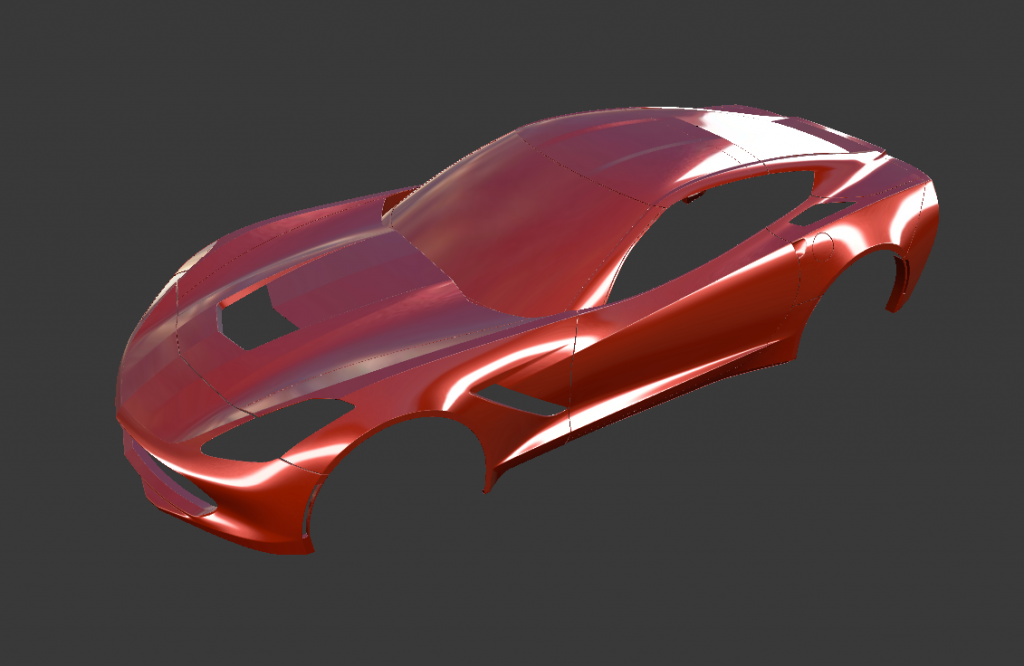
To say that 2020 has been a bad year would be an understatement of epic proportions. But hang in there everyone, we are more than two thirds of the way through this year and there are promising utterances of a vaccine on the way. Still, this year will arguably go down as the single most memorable year in human history. A world war was certainly terrible but thankfully it really was only fought in a few countries. Covid-19 affected every single sector of human activity in every country, and that also includes cars. It will shape the car industry for years to come. It affected the product line, the design of cars, shared mobility and society overall.
The Product Line
As human activity started to shut down in March, everyone felt the cash crunch. Car sales around the world grinded to a halt. Want an eye-popping statistic? The 1.4 billion people in India bought a staggering zero vehicles in April 2020. If your business case for a vehicle line was not strong before, COVID19 was probably the final blow. Nobody is immune to this new reality. Volkswagen has been on a tear to turn around its green credentials. Prepare yourself for an onslaught of green ID vehicles of all sizes. With Dieselgate and the COVID related cash crunch, VW is taking a long look at its luxurious (and polluting) portfolio. The wildest rumour is that Rimac will take over its crown jewel Bugatti. And nobody else in the VW empire is safe.
Design Goes On
Just recently General Motors issued an official statement: its staff will stay home until June 2021. That certainly does not mean that design work stops. And that has been true for all of the design studios around the world. Sure, there has been contraction and furloughs worldwide, but the work has continued. Automotive design has always been at the cutting edge of technology. Why? It costs billions to put a car on the road. By investing heavily in technology, you maximize the chances of getting your product right. Those technological investments certainly paid off. With design studios all around the world, OEMs have long mastered conference calls, secure review rooms for 3D CAD reviews and virtual reality tools.
The rest of this article continues on Formtrends.

